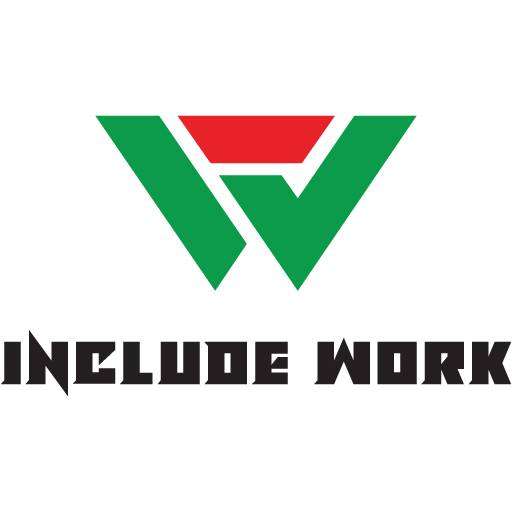Exploring the best software for small business is crucial for streamlining operations, enhancing productivity, and achieving growth in today’s competitive market. Small businesses, often limited by resources and budgets, can significantly benefit from tools that optimize their processes and expand their capabilities without breaking the bank. Whether it’s managing finances, improving customer relations, or boosting team collaboration, the right software solutions can transform the way small businesses operate. In this guide, we delve into how to select the perfect software suite tailored specifically to meet the unique demands of small enterprises, ensuring they leverage technology not just to survive but to thrive.
Table of Contents
Key Factors to Consider When Choosing Software for Small Business
When selecting software for your small business, it’s essential to evaluate several key factors to ensure a well-informed decision that aligns with your specific requirements and goals. Here are some critical considerations:

Budget Constraints: Determine how much you can realistically invest in software without compromising other critical business areas. Many solutions offer scalable pricing models, making them accessible for businesses at different stages.
Ease of Use: The software should be intuitive and user-friendly. Your team’s ability to quickly adapt to and efficiently use the software is crucial for its successful implementation.
Integration Capabilities: Consider how well the software integrates with the tools you already use. Seamless integration can significantly reduce learning curves and streamline workflows.
Scalability: As your business grows, your software should grow with you. Opt for solutions that can scale in terms of features and user capacity.
Support and Training: Good customer support and training resources are essential, especially when transitioning to new software. Check what support is offered and whether it aligns with your business hours and needs.
Security Features: With cyber threats on the rise, ensure that the software provides robust security measures to protect your business data.
Customization: Each business has unique needs. Software that allows customization to fit these specific requirements can be a game-changer.
Feedback and Reviews: Look at feedback from other small business owners, especially those in your industry. Their insights can provide valuable information on the software’s effectiveness and reliability.
By keeping these factors in mind, you can better navigate the vast market of business software and select the best software for small business that not only fits your budget but also enhances your operational efficiency.
Top Categories of Software for Small Business
For small businesses aiming to boost efficiency and productivity, investing in the right types of software is a strategic necessity. Here are the top categories of software that are particularly beneficial:
Accounting and Finance Software: Tools like QuickBooks and FreshBooks help manage accounts, payroll, and financial reporting, making it easier to track cash flow and financial health.
Customer Relationship Management (CRM) Software: Platforms such as Salesforce and HubSpot CRM streamline customer information and interactions, enhancing customer service and sales strategies.
Project Management Software: Applications like Asana and Trello facilitate task management, team collaboration, and project tracking, keeping projects on schedule and within budget.
Marketing Automation Software: Solutions like Mailchimp and Hootsuite automate marketing tasks, improve campaign management, and increase engagement across digital channels.
E-commerce Software: Shopify and WooCommerce offer comprehensive tools to build, manage, and scale online stores, providing a seamless shopping experience for customers.
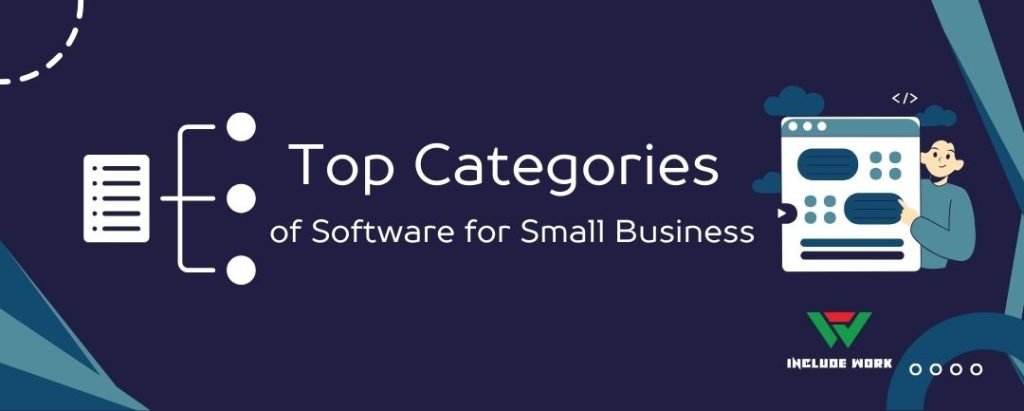
Human Resources (HR) Software: Systems such as BambooHR and Gusto simplify HR processes, including recruitment, onboarding, and employee management, freeing up time for strategic activities.
Communication Tools: Software like Slack and Microsoft Teams enhances internal communication, ensuring that team members stay connected and informed.
Inventory Management Software: Tools such as Zoho Inventory help track stock levels, manage orders, and optimize the supply chain, crucial for businesses with physical products.
Each of these software categories addresses specific business needs, contributing to a more organized, efficient, and productive operation. By leveraging these tools, small businesses can focus more on growth and less on the complexities of daily operations.
Detailed Reviews of the Best Software for Small Business
In this section, we delve into detailed reviews of some of the best software solutions for small businesses across various categories, providing insights into features, pricing, and overall value
QuickBooks: Renowned for its comprehensive accounting capabilities, QuickBooks offers everything from invoicing to payroll, making it ideal for small businesses looking to streamline financial operations. Its user-friendly interface and robust reporting tools help maintain financial clarity.
Salesforce CRM: As a leader in the CRM market, Salesforce provides a scalable solution that grows with your business. It excels in managing customer data, enhancing sales workflows, and providing insightful analytics to drive business decisions.
Asana: Known for its simplicity and effectiveness in project management, Asana helps teams stay on track with tasks and deadlines. It supports multiple project views, such as lists, timelines, and boards, catering to various management styles.
Mailchimp: A top choice for marketing automation, Mailchimp integrates email marketing, ad campaigns, and audience analytics into one platform. Its ease of use and scalable pricing model make it suitable for businesses of all sizes.
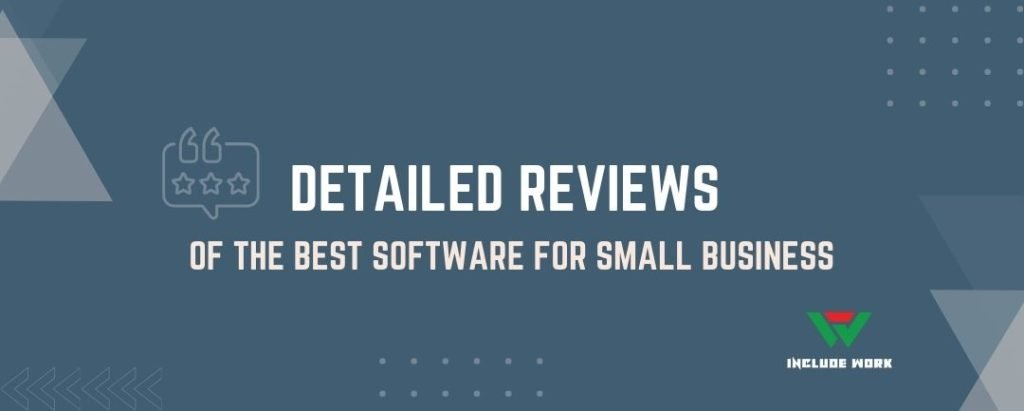
Shopify: Shopify stands out in e-commerce for its ease of setting up and managing online stores. It offers a range of customizable templates, integrated payment systems, and a powerful backend for inventory management.
BambooHR: This HR software is favored for its user-friendly interface and comprehensive HR features, including applicant tracking, employee onboarding, and performance management. It’s particularly useful for small businesses looking to automate HR processes.
Slack: In communication, Slack is pivotal for its real-time messaging, integration with numerous apps, and tools for collaboration. It enhances team communication and workflow efficiency.
Zoho Inventory: For inventory management, Zoho Inventory provides real-time tracking of stock levels, orders, and shipments, which is essential for businesses managing physical products.
These software solutions represent the best in their respective categories, offering a range of features that can significantly enhance the operational capabilities of small businesses. Each has been chosen for its potential to meet the diverse needs of small enterprises, ensuring they can achieve greater productivity and efficiency.
Benefits of Using the Best Software for Small Business
Utilizing top-notch software solutions offers numerous advantages that can elevate a small business’s operational efficiency and competitiveness. Here are some key benefits:
Increased Efficiency: Automation of routine tasks reduces manual effort and minimizes errors. This allows staff to focus on more strategic tasks that add greater value to the business.
Improved Decision Making: With advanced analytics and real-time data provided by business software, small business owners can make more informed decisions. This data-driven approach helps in identifying trends, forecasting, and planning more effectively.
Enhanced Customer Satisfaction: CRM software enables businesses to manage customer interactions more effectively, ensuring that customer issues are resolved quickly and efficiently. This leads to improved customer satisfaction and loyalty.
Cost Savings: While there is an initial investment in business software, the long-term savings are significant. Reduced labor costs and increased productivity mean that businesses can achieve more with less.
Scalability: As a small business grows, its software needs can change. The best software for small business typically offers scalable options that grow with your business, ensuring you always have the right tools at your disposal.
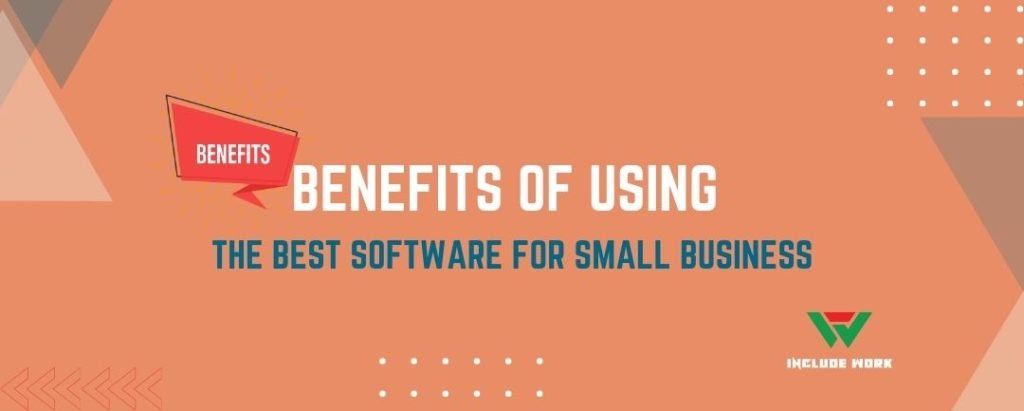
Better Collaboration: Collaboration tools enable teams, whether in-office or remote, to communicate and collaborate effectively. This is crucial for maintaining productivity and ensuring that everyone is aligned with the business objectives.
Regulatory Compliance: Many software solutions help small businesses comply with relevant laws and regulations by keeping track of changes and ensuring that the business follows industry standards.
Security: Advanced security features in business software protect sensitive information from cyber threats, providing peace of mind and safeguarding your business’s data.
By embracing the best software for small business, companies can leverage these benefits to not only streamline their operations but also to enhance their overall market position.
How to Implement the Best Software for Small Business
Implementing new software in a small business setting involves careful planning and consideration to ensure a smooth transition and effective usage. Here are some steps to guide you through the process:
Assess Needs and Set Goals: Before choosing software, clearly define what you need it to achieve. Identify the problems you want to solve and set specific, measurable goals.
Choose the Right Software: Based on your needs assessment, select software that best fits your business requirements. Consider factors like cost, features, scalability, user reviews, and after-sales support.
Plan the Implementation: Develop a detailed implementation plan that includes timelines, budgets, and training sessions. This plan should also outline how you will migrate data from old systems to the new software.
Train Your Team: Ensure that all users receive adequate training on how to use the new software. This might include formal training sessions, written manuals, and ongoing support to address any questions or issues.
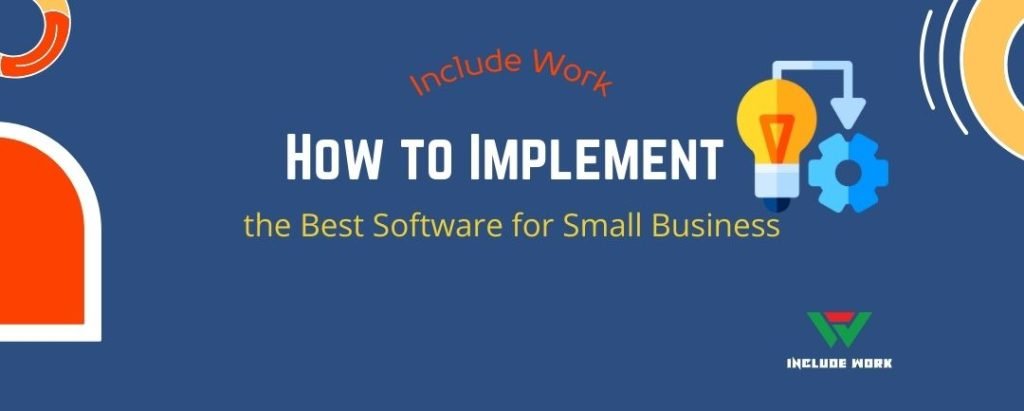
Test the Software: Before going live, conduct thorough testing to ensure the software works as expected. This phase should identify and fix any issues with the software’s functionality.
Go Live and Monitor: Once testing is complete, you can roll out the software across your organization. Monitor its usage and effectiveness closely in the initial stages to ensure it meets your business needs.
Gather Feedback and Optimize: After implementation, solicit feedback from users to identify any challenges they are facing. Use this feedback to make necessary adjustments and optimize the software’s performance.
Update and Maintain: Software needs to be regularly updated and maintained to ensure security and functionality. Plan for periodic reviews and updates as part of your ongoing IT strategy.
By following these steps, small businesses can successfully implement new software, ensuring it delivers the intended benefits and supports the business’s growth and efficiency objectives.
Conclusion
Choosing and implementing the best software for small business is not merely an operational decision; it’s a strategic move that can dictate the trajectory of growth and efficiency. The right software solutions empower small businesses to handle complex tasks with greater ease, make informed decisions through actionable insights, and maintain competitiveness in a rapidly evolving market. By carefully considering your business needs, selecting appropriate software, and following thorough implementation practices, small businesses can maximize their potential and position themselves for long-term success. Embracing these tools is not just about keeping up with technology—it’s about setting the foundation for sustained growth and operational excellence.
